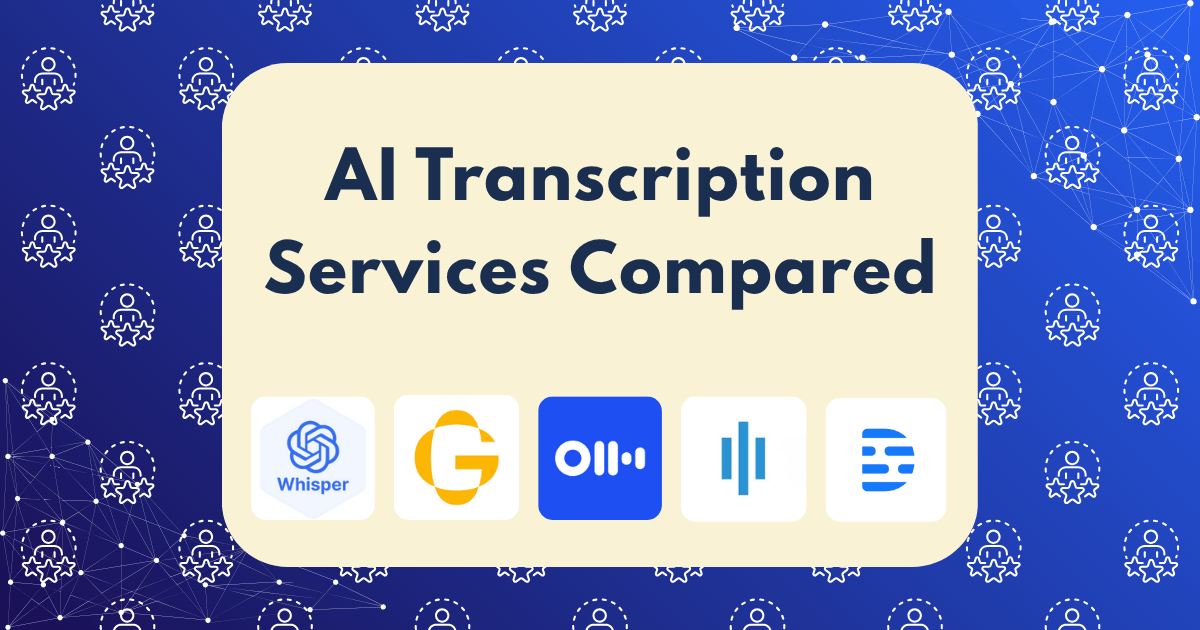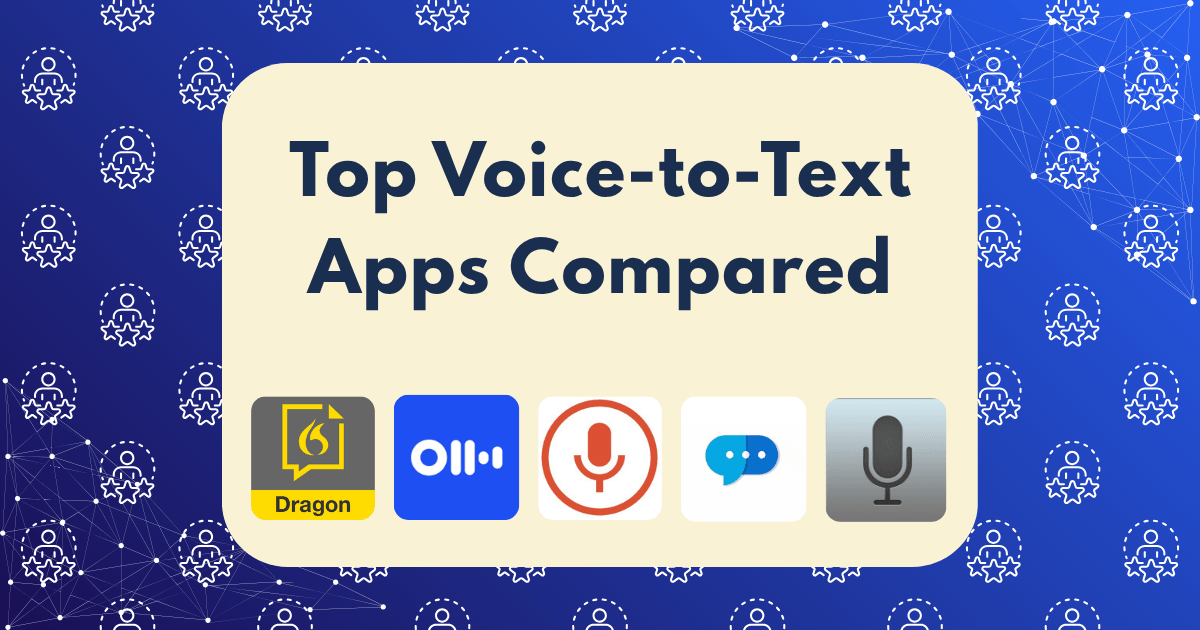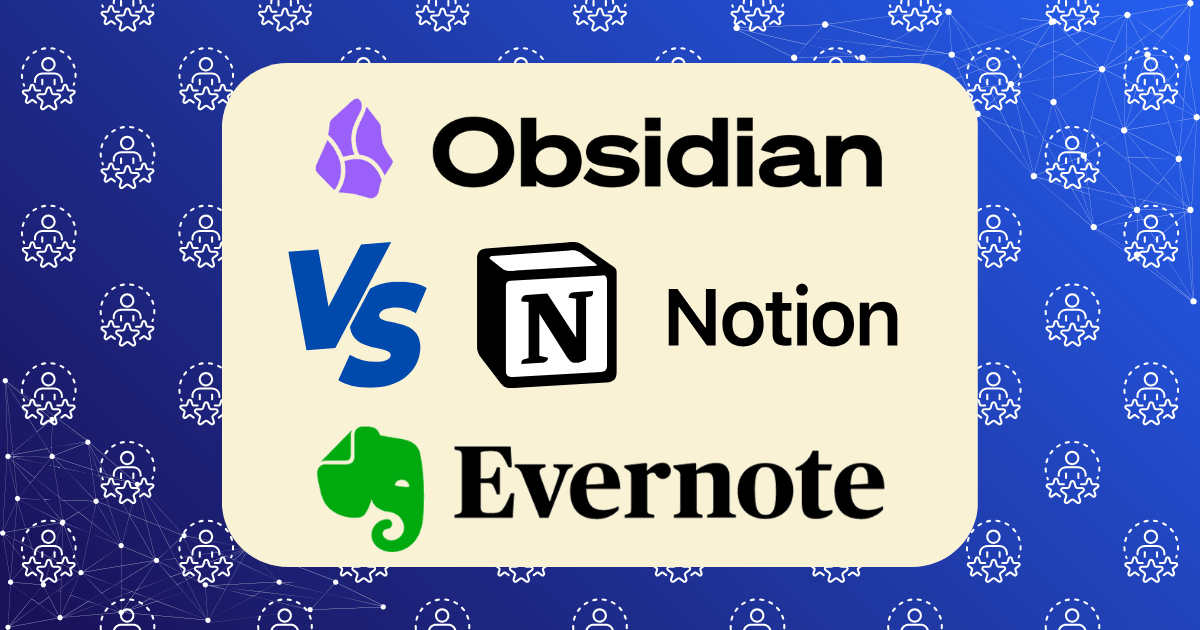Project Management System Comparison: Which Tool Works Best for Different Business Types

After implementing project management systems for dozens of businesses across multiple industries, I’ve discovered a crucial truth: there is no one-size-fits-all solution. The right project management tool depends entirely on your specific business type, team structure, and workflow needs.
This reality creates a significant challenge for business leaders. According to recent research, the average knowledge worker wastes 13.7 hours per week due to unstructured work and poor visibility—translating to approximately $16,500 in lost productivity per employee annually.
Choosing the wrong project management system can actually exacerbate this problem rather than solve it. In this comprehensive comparison, I’ll break down which project management tools work best for specific business types, based on real implementation experience and data-driven analysis.
The Psychology of Project Management Tool Adoption
Before diving into specific tools, it’s worth understanding the psychological factors that influence successful adoption:
- Cognitive load: Tools that match existing mental models require less cognitive effort to adopt
- Workflow alignment: Systems that mirror natural work patterns face less resistance
- Visibility threshold: Teams need sufficient visibility without information overload
- Autonomy balance: The right balance between structure and flexibility drives engagement
These psychological principles will guide our analysis of which tools work best for different business contexts.
Project Management Tools for Creative Agencies
Creative agencies have unique project management needs centered around visual collaboration, client approvals, and resource allocation across multiple projects.
Best Overall for Creative Agencies: Teamwork
Key strengths:
- Client-facing portal for seamless feedback and approvals
- Built-in time tracking tied directly to project profitability
- Resource allocation with visual workload management
- Milestone tracking with client billing integration
Potential weaknesses:
- Less suitable for agile development methodologies
- Limited automation capabilities compared to some competitors
- Higher learning curve for non-technical team members
Pricing: Starting at $10.99 per user/month (minimum 3 users)
According to Select Software Reviews, Teamwork scores highly for client-facing teams and service-based businesses, offering robust client collaboration tools and invoicing workflows.
Runner-Up for Creative Agencies: ClickUp
Key strengths:
- Highly customizable views (list, board, calendar, Gantt)
- Extensive template library for creative workflows
- Powerful document collaboration with real-time editing
- Native time tracking with client billing features
Potential weaknesses:
- Feature density can create complexity
- Mobile experience less refined than desktop
- Some advanced features require higher-tier plans
Pricing: Starting at $10 per member/month
ClickUp’s flexibility makes it particularly well-suited for creative teams that need to adapt their project management approach based on client preferences or project types.
Project Management Tools for Software Development Teams
Software development teams require tools that support agile methodologies, code integration, and technical documentation.
Best Overall for Software Development: Jira
Key strengths:
- Native support for Scrum, Kanban, and hybrid methodologies
- Deep integration with development tools (GitHub, Bitbucket)
- Customizable workflows and automation rules
- Robust reporting for sprint velocity and burndown charts
Potential weaknesses:
- Steeper learning curve for non-technical users
- Can become complex when customized extensively
- Less intuitive for non-development projects
Pricing: Starting at $10.75 per user/month
Jira consistently ranks as the top choice for software development teams due to its specialized features for agile development. According to Hive’s analysis, Jira is “best for agile software teams” with its deep integration capabilities.
Runner-Up for Software Development: ClickUp
Key strengths:
- Flexible approach to agile methodologies
- Native Git integration and sprint planning
- Customizable views for different team members
- More accessible to non-technical stakeholders than Jira
Potential weaknesses:
- Less specialized for development compared to Jira
- Some advanced dev features require custom configuration
- Can require significant setup for optimal development workflows
Pricing: Starting at $10 per member/month
ClickUp offers a strong alternative for cross-functional teams that need to bridge the gap between technical and non-technical team members.
Project Management Tools for Enterprise Organizations
Enterprise organizations need robust security, scalability, advanced reporting, and cross-departmental collaboration capabilities.
Best Overall for Enterprise: Wrike
Key strengths:
- Enterprise-grade security and compliance features
- Cross-departmental workflow management
- Advanced resource allocation and capacity planning
- Customizable reporting and business intelligence
- Robust API for enterprise integration
Potential weaknesses:
- Higher price point than mid-market solutions
- Requires dedicated implementation support
- Can be overwhelming for smaller teams
Pricing: Starting at $9.80 per user/month (enterprise pricing custom)
Wrike consistently ranks as a top enterprise solution across multiple review sites. According to Select Software Reviews, Wrike is “best for mid-size to enterprise teams managing multiple projects, departments, and resource layers.”
Runner-Up for Enterprise: Smartsheet
Key strengths:
- Familiar spreadsheet interface reduces adoption barriers
- Robust workflow automation capabilities
- Enterprise-grade security and governance
- Advanced portfolio management and resource planning
- Strong integration ecosystem
Potential weaknesses:
- Less visual than some competitors
- Can become complex with large-scale implementations
- May require additional modules for complete functionality
Pricing: Starting at $9 per user/month
Smartsheet’s spreadsheet-like interface provides a familiar entry point for enterprise users transitioning from Excel-based project management, while its robust backend supports complex enterprise requirements.
Project Management Tools for Small Businesses
Small businesses need affordable, easy-to-implement solutions that don’t require dedicated project management expertise.
Best Overall for Small Business: Monday.com
Key strengths:
- Intuitive, visually appealing interface
- Extensive template library for quick setup
- Flexible views adaptable to different work styles
- Scales from simple to complex as businesses grow
- Strong automation capabilities without technical expertise
Potential weaknesses:
- Can become costly as team size increases
- Some advanced features require higher-tier plans
- Mobile experience less robust than desktop
Pricing: Starting at $12 per seat/month
Monday.com’s visual approach and extensive template library make it particularly accessible for small businesses without dedicated project management expertise. According to a Reddit comparison, Monday.com scores 9.5/10 as the “best overall project management software” with high customizability.
Runner-Up for Small Business: Trello
Key strengths:
- Extremely intuitive Kanban interface
- Minimal learning curve for new users
- Strong free tier for small teams
- Extensive integration marketplace
- Simple automation capabilities
Potential weaknesses:
- Limited for complex project structures
- Basic reporting capabilities
- Less suitable for resource management
Pricing: Starting at $5 per user/month
Trello’s simplicity makes it an excellent entry point for small businesses new to formal project management. As noted in the Reddit comparison, Trello scores 8/10 as the “best free project management software” with its beginner-friendly approach.
Project Management Tools for Marketing Teams
Marketing teams need tools that support campaign planning, content calendars, approval workflows, and performance tracking.
Best Overall for Marketing Teams: Asana
Key strengths:
- Visual campaign planning and timeline views
- Content calendar functionality
- Customizable approval workflows
- Goal tracking aligned with marketing KPIs
- Strong integration with marketing tools
Potential weaknesses:
- Tasks can only be assigned to one person
- Limited time tracking capabilities
- Can become complex for large-scale campaigns
Pricing: Starting at $13.49 per user/month
Asana’s flexibility and visual approach make it particularly well-suited for marketing workflows. According to Project Manager’s comparison, Asana “focuses on team collaboration and communication” which is essential for marketing teams.
Runner-Up for Marketing Teams: Monday.com
Key strengths:
- Highly visual campaign tracking
- Customizable marketing workflows and templates
- Strong integration with marketing tools
- Multiple views (Kanban, calendar, timeline)
- Built-in forms for campaign requests
Potential weaknesses:
- Limited Gantt chart functionality
- Can become expensive for larger marketing teams
- Some advanced features require higher-tier plans
Pricing: Starting at $12 per seat/month
Monday.com’s visual nature and customizability make it an excellent choice for marketing teams that need to visualize campaign progress and collaborate across multiple stakeholders.
Project Management Tools for Remote and Distributed Teams
Remote teams have unique needs centered around asynchronous communication, visibility, and virtual collaboration.
Best Overall for Remote Teams: ClickUp
Key strengths:
- Comprehensive documentation features
- Multiple view options for different work preferences
- Strong commenting and collaboration tools
- Built-in chat and screen recording
- Extensive notification customization
Potential weaknesses:
- Feature density can create complexity
- Learning curve for new users
- Some advanced features on higher-tier plans
Pricing: Starting at $10 per member/month
ClickUp’s comprehensive feature set addresses the multiple challenges faced by remote teams, from documentation to asynchronous collaboration. According to Hive’s analysis, ClickUp is “feature-rich and budget-friendly” making it suitable for distributed teams with diverse needs.
Runner-Up for Remote Teams: Notion
Key strengths:
- Combined wiki and project management functionality
- Highly customizable workspace structure
- Strong documentation capabilities
- Flexible project views and databases
- Transparent team updates and knowledge sharing
Potential weaknesses:
- Less structured than traditional project management tools
- Limited automation capabilities
- Can require significant setup and maintenance
Pricing: Starting at $10 per member/month
Notion’s combination of documentation and project management makes it particularly valuable for remote teams that need to maintain a central knowledge base alongside project tracking.
Project Management Tools for Construction and Manufacturing
Physical industries like construction and manufacturing need specialized tools for resource planning, scheduling, and compliance.
Best Overall for Construction/Manufacturing: Smartsheet
Key strengths:
- Advanced Gantt chart capabilities
- Resource allocation and tracking
- Document management with version control
- Form-based data collection from the field
- Strong reporting and dashboard features
Potential weaknesses:
- Less intuitive than some competitors
- Mobile experience could be improved
- Advanced features require higher-tier plans
Pricing: Starting at $9 per user/month
Smartsheet’s structured approach and powerful resource management make it well-suited for industries managing physical resources and complex schedules.
Runner-Up for Construction/Manufacturing: Microsoft Project
Key strengths:
- Industry-standard for complex project scheduling
- Advanced resource leveling and management
- Detailed cost tracking and budgeting
- Strong reporting capabilities
- Integration with Microsoft ecosystem
Potential weaknesses:
- Steep learning curve
- Less collaborative than newer tools
- Higher price point than many competitors
Pricing: Starting at $10 per user/month
Microsoft Project’s robust scheduling and resource management capabilities make it a strong choice for industries with complex dependencies and resource constraints.
Project Management Tools for Consultants and Freelancers
Individual consultants and freelancers need lightweight, affordable tools that help manage multiple clients and projects.
Best Overall for Consultants/Freelancers: Trello
Key strengths:
- Simple, intuitive interface
- Strong free tier for individual users
- Client-friendly for sharing progress
- Low overhead for small operations
- Extensive integration options
Potential weaknesses:
- Limited for complex project structures
- Basic reporting capabilities
- Less suitable as teams grow
Pricing: Free tier available; Premium starting at $5 per user/month
Trello’s simplicity and strong free tier make it an excellent choice for individual professionals managing multiple clients or projects without complex requirements.
Runner-Up for Consultants/Freelancers: Todoist
Key strengths:
- Focused on personal task management
- Clean, distraction-free interface
- Strong mobile experience
- Natural language input for quick task creation
- Affordable pricing structure
Potential weaknesses:
- Limited project management features
- Basic collaboration capabilities
- Less visual than board-based tools
Pricing: Free tier available; Pro at $4/month; Business at $6/user/month
According to the Reddit comparison, Todoist scores 7/10 as the “best personal task management tool, great for freelancers and solo use.”
Key Factors in Selecting the Right Project Management Tool
Beyond business type, consider these critical factors when making your selection:
1. Team Size and Growth Trajectory
Small teams (1-10 members) often benefit from simpler tools with intuitive interfaces, while larger organizations typically need more structured systems with robust permission controls and departmental separation.
- Small team recommendation: Trello, Todoist, or Asana
- Mid-size recommendation: Monday.com or ClickUp
- Enterprise recommendation: Wrike or Smartsheet
2. Technical Proficiency of Your Team
Teams with varying technical abilities need tools with accessible interfaces and minimal learning curves.
- Low technical proficiency: Trello or Monday.com
- Mixed technical proficiency: ClickUp or Asana
- High technical proficiency: Jira or Microsoft Project
3. Budget Constraints and ROI Expectations
Project management tools range from free to $30+ per user monthly. Consider both immediate costs and long-term ROI through improved productivity.
- Budget-conscious options: Trello, Asana (free tier), or Zoho Projects
- Mid-range options: Monday.com, ClickUp, or Teamwork
- Premium options: Wrike, Smartsheet, or Microsoft Project
4. Integration Requirements
Consider your existing tech stack and the importance of seamless integration.
- Strong Microsoft integration: Microsoft Project or Wrike
- Strong Google Workspace integration: Asana or ClickUp
- Strong development tool integration: Jira or GitHub Projects
- Strong marketing tool integration: Asana or Monday.com
Implementation Best Practices
Selecting the right tool is only the first step. Successful implementation requires:
1. Phased Rollout Strategy
Rather than implementing all features at once, start with core functionality and gradually expand:
- Phase 1 (Weeks 1-2): Basic project structure and task management
- Phase 2 (Weeks 3-4): Team collaboration and communication features
- Phase 3 (Weeks 5-8): Workflow automation and integration
- Phase 4 (Weeks 9-12): Advanced reporting and optimization
2. Template Development
Create standardized templates for common project types to ensure consistency and reduce setup time. Most top tools offer template libraries to use as starting points.
3. Clear Governance Structure
Establish clear roles and responsibilities:
- System administrators
- Project owners
- Team members
- External collaborators (clients, vendors)
4. Training and Support Plan
Develop a comprehensive training approach:
- Initial training sessions
- Documentation and process guides
- Ongoing support resources
- Champions program for peer-to-peer assistance
ROI Calculation Framework
To justify your project management tool investment, use this calculation framework:
- Current productivity costs:
- Hours spent on manual project tracking
- Time lost to miscommunication
- Delays due to unclear priorities
- Cost of missed deadlines
- Implementation costs:
- Software subscription fees
- Setup and configuration time
- Training and onboarding hours
- Ongoing administration
- Expected benefits:
- Reduced meeting time (typically 20-30%)
- Improved on-time delivery (typically 15-25%)
- Reduced rework (typically 10-20%)
- Increased team capacity (typically 15-30%)
For a team of 10 with an average fully-loaded cost of $50/hour per person:
- Before: 13.7 hours wasted weekly × 10 people × $50/hour = $6,850/week
- After (30% improvement): $2,055/week saved
- Annual savings: $106,860
Even with a premium tool at $30/user/month ($3,600 annually), the ROI is substantial.
Common Implementation Pitfalls to Avoid
Based on dozens of implementations, these are the most common mistakes to avoid:
1. Tool Overload
Problem: Implementing too many features at once, overwhelming users
Solution: Start with core functionality and gradually expand
2. Insufficient Training
Problem: Assuming users will intuitively understand the system
Solution: Develop role-specific training and ongoing support resources
3. Lack of Executive Sponsorship
Problem: Missing top-down support for the new system
Solution: Secure visible executive commitment and participation
4. Rigid Implementation
Problem: Forcing the tool to match existing processes exactly
Solution: Be willing to adapt processes to leverage tool strengths
5. Neglecting Maintenance
Problem: Treating implementation as a one-time event
Solution: Establish regular review and optimization cycles
The Future of Project Management Tools
As you select a tool, consider these emerging trends that will shape project management systems through 2025 and beyond:
1. AI-Powered Assistance
Tools are increasingly incorporating AI to:
- Suggest task prioritization
- Identify potential bottlenecks
- Automate routine updates
- Generate reports and insights
2. No-Code Customization
The ability to customize workflows without technical expertise is becoming standard, with:
- Visual workflow builders
- Custom field creation
- Automated trigger-action sequences
- Personalized dashboards
3. Unified Work Management
The lines between project management, task management, and work management are blurring, with platforms offering:
- Document collaboration
- Communication tools
- Knowledge management
- Process automation
4. Enhanced Visualization
Advanced visualization capabilities are becoming standard:
- Interactive Gantt charts
- Resource heat maps
- Dependency networks
- Timeline forecasting
Conclusion: Making Your Final Decision
The right project management tool can transform your team’s productivity and effectiveness, but only if it aligns with your specific business type and workflow needs.
Based on our comprehensive analysis:
- Creative agencies should prioritize Teamwork or ClickUp
- Software development teams will benefit most from Jira or ClickUp
- Enterprise organizations should consider Wrike or Smartsheet
- Small businesses will find Monday.com or Trello most accessible
- Marketing teams will thrive with Asana or Monday.com
- Remote teams should explore ClickUp or Notion
- Construction/manufacturing operations need Smartsheet or Microsoft Project
- Consultants/freelancers can start with Trello or Todoist
Remember that successful implementation depends not just on selecting the right tool, but on thoughtful rollout, training, and ongoing optimization.
What project management challenges is your business currently facing? Share your experiences in the comments below!







